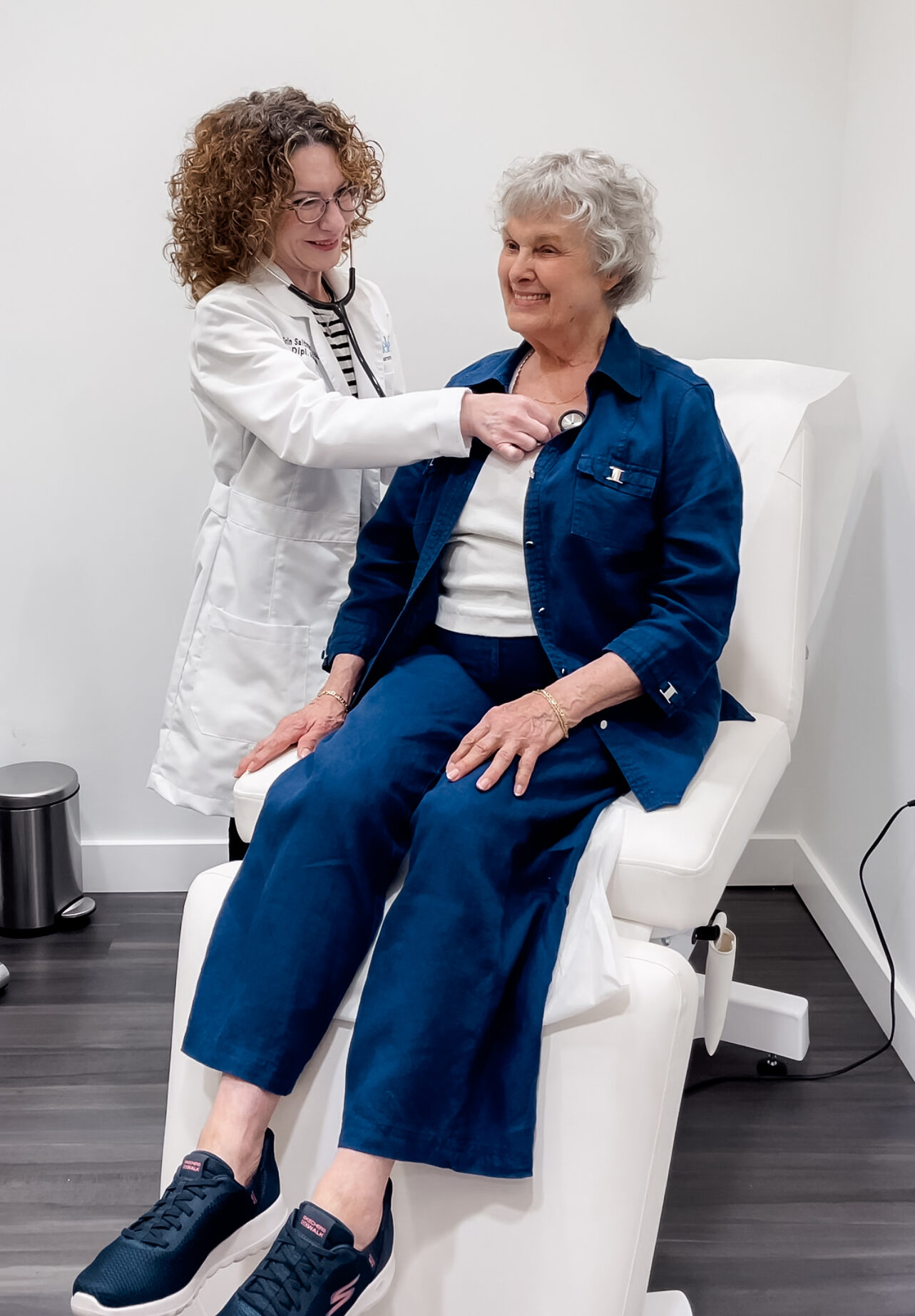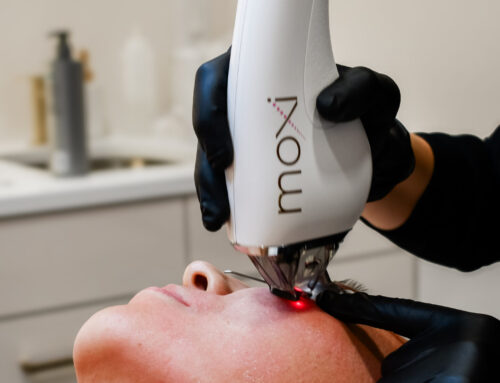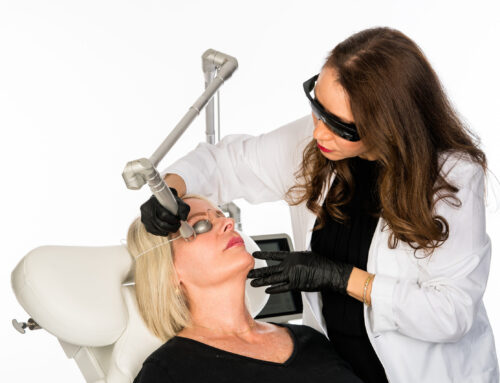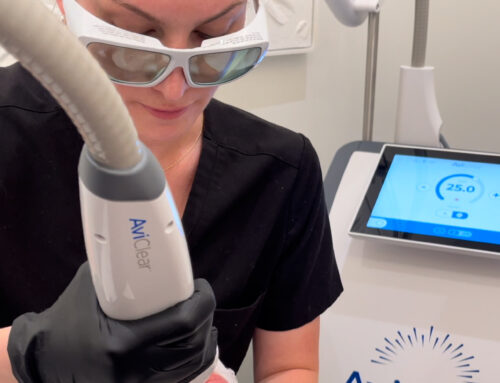The well-being of women struggling with symptoms of menopause was vastly improved with the introduction of estrogen replacement therapy in the 1940’s. Over the next 30 years, hormone replacement therapy would evolve to include progesterone to protect the uterine lining from the effects of unopposed estrogen therapy (which increases the risk of developing endometrial hyperplasia and cancer).
In the early 1990’s, the National Institutes of Health launched the Women’s Health Initiative (WHI) Studies to evaluate the effects of menopausal hormone replacement therapy on cardiovascular disease, bone health, cancer and other chronic diseases seen in menopausal females. The WHI study looking at combined estrogen (conjugated equine estrogen) and progesterone (medroxyprogesterone acetate) therapy was stopped after 5 years due to an increased incidence of breast cancer, cardiovascular disease (heart attacks and strokes) and blood clots. Of note, the combined estrogen + progesterone study did show benefits including improved bone health / decreased fracture risk and a decrease in the incidence of colon cancer. However, it was felt that the risks outweighed any potential benefits. The WHI study looking at therapy with estrogen (conjugated equine estrogen) alone was also stopped early after 6 years due to an increased incidence in strokes and blood clots. Therapy with estrogen alone did show benefits for bone health (decreased fractures) and a slight decrease in long-term breast cancer risk. No benefit was seen for prevention of heart disease.
Based on the WHI findings, many menopausal women were abruptly taken off of hormone replacement therapy. Many of these women would experience a decrease in their quality of life due to symptoms related to menopause and would not get the bone health protection that hormone replacement therapy would have afforded them.
We have since come to understand that the adverse risks / outcomes from the WHI studies occurred for several reasons:
- The average age of women enrolled in the WHI studies was approximately 63 years old (age range 50 – 79 years old). This means that that many women had been in menopause > than 10 years when they were enrolled. Premenopausal estrogen actually offers cardiovascular protection. Once women start menopause and estrogen levels fall, cardiovascular risk increases. Women who were started on HRT > 10 years after menopause were already at increased cardiovascular risk to begin with.
- The WHI studies placed women on synthetic estrogens (i.e., conjugated equine estrogen / CEE) and progesterones (i.e., medroxyprogesterone acetate / MPA). Compared with endogenous ovarian estrogen and progesterone, CEE and MPA can increase the risk of blood clots, worsen lipid profiles and increase risk of cardiovascular disease.
- Conjugated equine estrogen / CEE and medroxyprogesterone acetate / MPA are both taken orally. They are metabolized by the liver and this pass through the liver also increases blood clotting factors. This first pass liver metabolism combined with increased cardiovascular risk was also a cause of increased cardiovascular disease and blot clots seen in the WHI studies.
More recently, menopausal hormone replacement therapy has been administered to women in a way that circumvents the increased risks / adverse events seen in the WHI studies.
- Starting menopausal hormone replacement therapy within 10 years of the start of menopause can actually decrease the potential risk of cardiovascular disease.
- Treating women with bio-identical / transdermal estradiol has a lower risk of cardiovascular disease and blood clots (compared to treatment with CEE).
- No increased risk in developing breast cancer is seen when using bio-identical estradiol and micronized progesterone (compared to treatment with CEE and MPA).
Menopause used to be accepted as a “normal” part of the female life cycle. However, the symptoms of perimenopause and menopause do not have to dictate the quality of women’s lives. Hormone replacement therapy (and some non-hormonal options) can vastly improve perimenopausal and menopausal symptoms. We also now know that there are many potential benefits of prescribing bio-identical hormone replacement therapy in women with no clear contraindications. And we now know how to prescribe these treatments in a way that limits risk. Hopefully, treatment of perimenopause and menopause with bio-identical hormone therapy will become the standard of care (instead of treatment many women need to seek out for themselves).
Take control of your health and well-being with the help of La Chelé. Contact us today to schedule a consultation and start your journey! 855-522-4353






